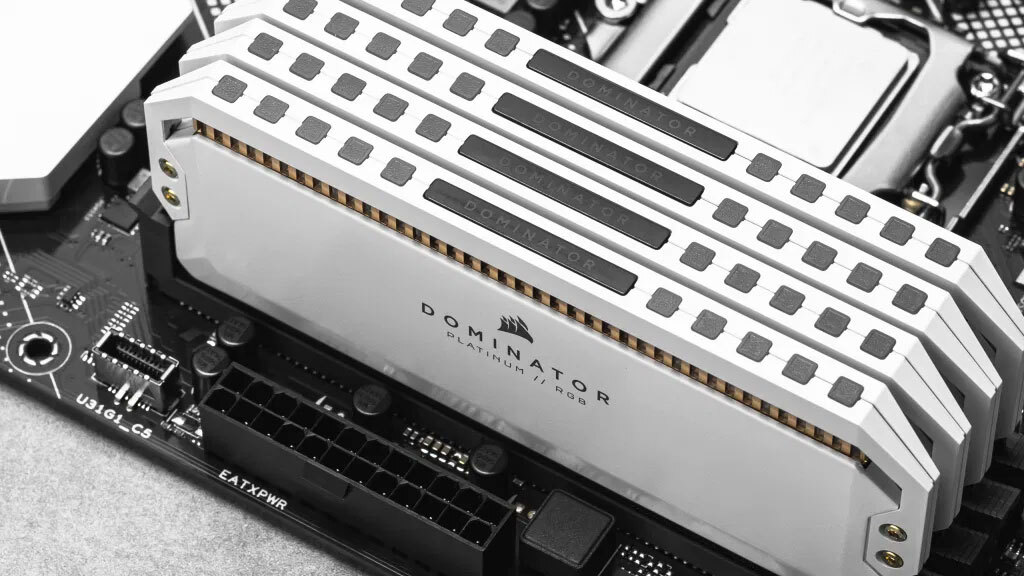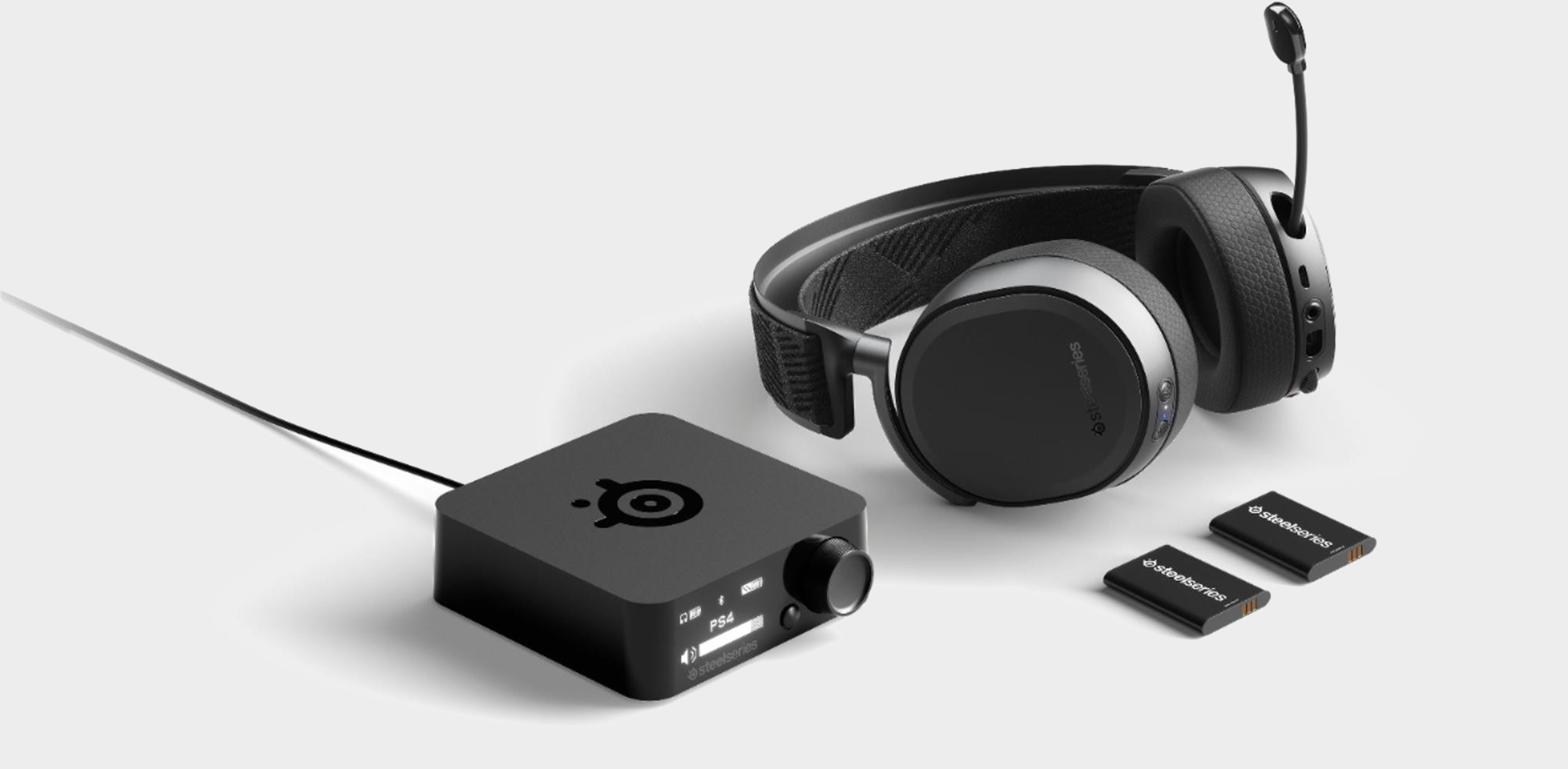Corsair's DDR5 primer has me dreaming of running 1TB of RAM
640K of RAM just doesn't cut it anymore.

Wondering if you should run 16GB or 32GB of RAM in your gaming PC? It's a valid question, and one we might look back on someday and wonder how we ever got by with such quaint configurations. Corsair points out that when DDR5 settles into the marketplace, mainstream motherboards could accommodate 512GB or even 1TB of memory. Those amounts would almost be enough to conquer Chrome.

Best wireless gaming mouse: ideal cable-free rodents
Best wireless gaming keyboard: no wires, no worries
Best wireless gaming headset: top untethered audio
Maybe that's getting carried away a bit—at this point, it feels like Chrome is destined to always be a memory hog when juggling a bunch of tabs (womp womp). Nevertheless, I can't help but daydream of a day when such massive amounts of memory won't seem so massive, and will be the equivalent of debating 16GB or 32GB today.
That's admittedly far off in the distance. DDR5 is not, however, and the era of next-generation RAM will begin in earnest when Intel launches Alder Lake later this year, followed by AMD's Zen 4 platform, presumably not long afterward.
As far as that goes, Corsair has joined the chorus of memory makers that have begun talking about DDR5, saying next-gen RAM is coming "soon."
"The industry is hard at work on bringing the next generation of memory to a desktop near you and we've been in the memory game for a long time. We're excited to share more about DDR5 in the coming months so keep an eye out for more details from our social channels!," Corsair stated in a blog post.
In the meantime, Corsair has put together a DDR5 primer (PDF) that discusses the next-gen RAM standard and what to expect. The biggest thing is an increase in bandwidth. The burst length, or how many bits of data can be read per cycle, has been doubled on DDR5 to 16 bits. That equates to 32 bits per channel and a full cache line of 64 bits total per module, for double data rate (DDR) memory.
To put it in more recognizable terms, the official JEDEC specification for DDR4 is 3,200MT/s, whereas the baseline for DDR5 is 4,800MT/s. Corsair points out that higher clocked kits are inevitable, just as we have seen with DDR4. Precisely how high remains to be seen, but at least one memory maker is already talking about DDR5-10000 RAM. I'll take a 1TB kit of DDR5-10000, please!
The biggest gaming news, reviews and hardware deals
Keep up to date with the most important stories and the best deals, as picked by the PC Gamer team.
I don't expect to see such high speeds at launch. However, Corsair hints that it will have DDR5-6400 kits ready at the outset. A DDR5-6400 kit would offer 51GB/s of bandwidth, compared to a DDR4-3200 kit pushing 26GB/s.
"More bandwidth allows for more efficient use of the memory bus in systems with high core count CPUs while the denser capacities will allow your system to tackle even more at once which is great for streaming and content creation (just to name a few applications)," Corsair says.
Corsair is also hoping to put latency concerns to bed. DDR5 kits have higher CAS latencies compared to DDR4, but according to Corsair, this is offset by DDR5's design, and specifically by splitting modules into two separate channels to allow for shorter traces.
"Individual modules are split into two separate channels by design, allowing for shorter traces that contribute to less latency and higher speeds when it comes to communicating with individual memory ICs on a memory module. This also allows for what’s referred to as command/address mirroring since the signal from the CPU has to travel a shorter overall path to access specific banks of memory whereas in DDR4 a command/address signal had to travel through all banks of memory in a longer chain," Corsair explains.
DDR4 is different, in that whenever there is a need to refresh a single memory bank, the CPU sits there and waits for all memory banks to be refreshed before reading or writing from RAM. So even though the CAS latency of a DDR5 kit is higher than DDR4, the overall latency of a higher performing kit will be similar.
It's a lot to look forward to. Now let's hope nobody develops a cryptocurrency that is mined with RAM, like they've done with GPUs and storage.
Paul has been playing PC games and raking his knuckles on computer hardware since the Commodore 64. He does not have any tattoos, but thinks it would be cool to get one that reads LOAD"*",8,1. In his off time, he rides motorcycles and wrestles alligators (only one of those is true).


